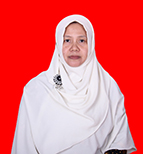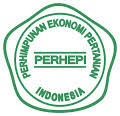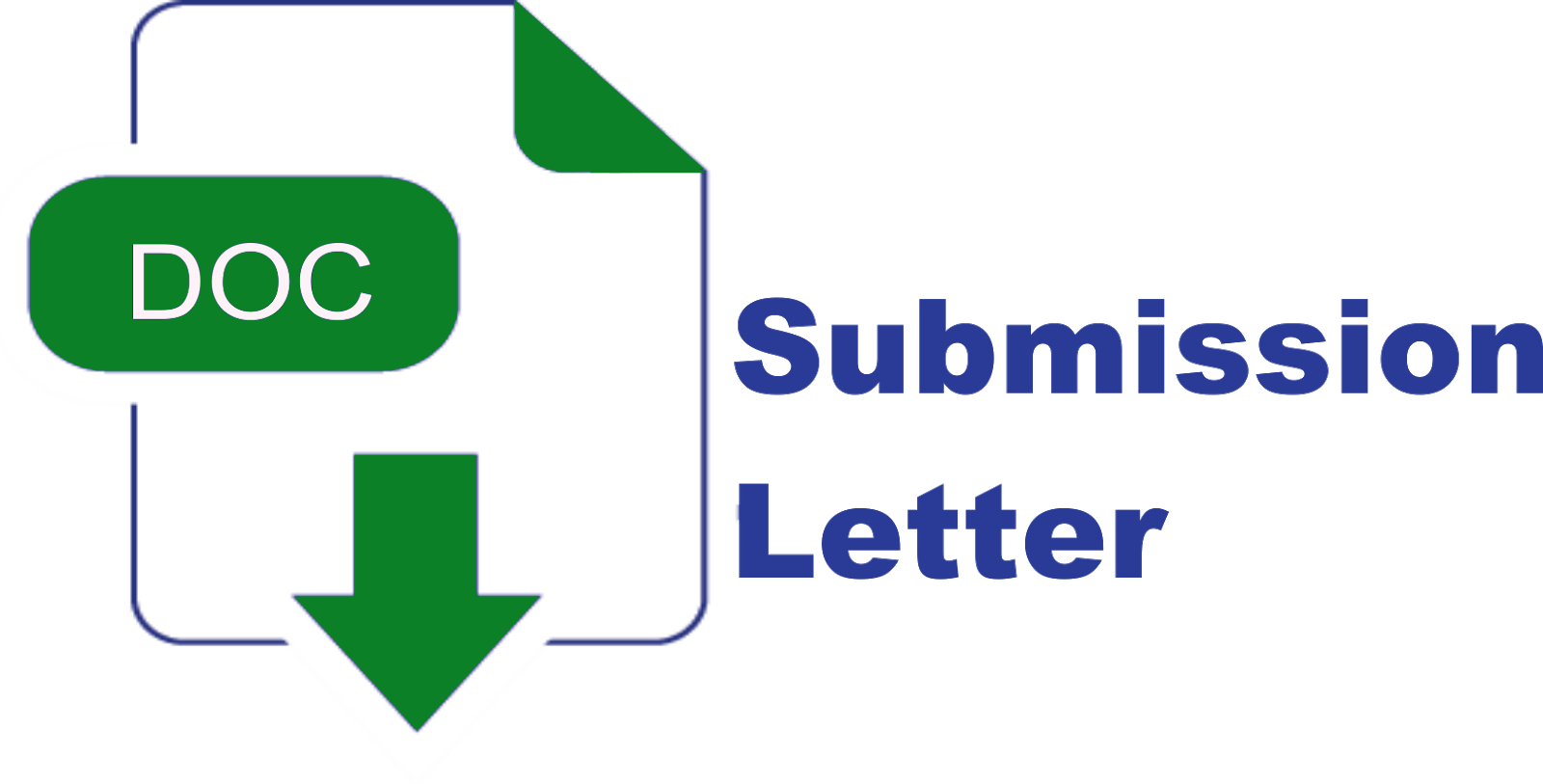Analisis Komparatif Peternak Penggemukan Sapi Mitra dan Non Mitra Pada PT. Great Gaint Lifestock dan Kelompok Limousin
DOI:
https://doi.org/10.25181/jofsa.v4i1.1562Abstract
Animal husbandry plays a strategic role in the development of the agricultural sector which aims to meet the needs of animal protein, empower the economic community, and to trigger regional development. Therefore, it is necessary to increase productivity which has an impact on increasing income. Income is used to assess the success of a business and determine the success of a farming business. The objective of this study was to determine the income differences between partner cattle farmers and non-partner cattle farmers. The research method was a survey method carried out in Astomulyo Village, Punggur District, Central Lampung Regency. The samples of this research were 54 partner farmers and 10 non-partner farmers. The analysis methods used were income analysis, R / C ratio and t test analysis. The results showed that the total income of partner farmers was Rp.28,490,166.67. It was Rp12,755,066.7 lower than non-partner farmers which was Rp.41,245,233.33. From the income analysis, it was found that the ratio of farmer income to the total cost of non-partner farmers was 1.26 and partner farmers with a value of 1.15. Statistically, there is no significant difference between the selling price of partner and non-partner cattle farmers. Keywords: Partnership, Comparative, Income, Farmer, Rearing, CattleDownloads
References
Anggraini, W. (2003) Analisis Usaha Peternakan Sapi Potong Rakyat Berdasarkan Biaya Produksi dan Tingkat Pendapatan Peternakan Menurut Skala Usaha. Institut Pertanian Bogor.
Arif Daryanto (2011) ‘Peranan Modal Sosial dalam Pembangunan Peternakan’, Trobos.
Arifin, B. (2004) Analisis Ekonomi Pertanian Indonesia. Jakarta: Kompas.
Badan Pusat Statistik (2016) Statistik Lampung. Lampung. Indonesia. Produk Domestik Regional Bruto (PDRB). Lampung.
Deshinta, M. (2006) Peranan kemitraan terhadap peningkatan pendapatan peternak ayam broiler. INSTITUT PERTANIAN BOGOR.
Fitri, A., Harianto, H. and Asmarantaka, R. W. (2018) ‘The Effects of Partnerships on the Efficiency of Mustard Farming at Megamendung District’, Jurnal Manajemen dan Agribisnis, 15(1), pp. 12–22. doi: 10.17358/jma.15.1.12.
Ghozali I (2012) Aplikasi Analisis Multivariate Dengan Program IBM SPSS 20. Semarang: Badan Penerbitan Universitas Diponegoro.
Jamilah (2017) ‘ANALISIS PENDAPATAN PETERNAK SAPI ACEH’, AGRIFO, 2(2), pp. 50–55.
Pindyck RS (2001) Microeconomics. Prentice Hall.
Rahmah, U. I. L. (2018) ‘Keragaan Usaha Ternak Sapi Perah Anggota dan Non Anggota Non-Members Of Cooperatives di Kecamatan Banjaran’, Jurnal Pertanian dan Peternakan, 6(2), pp. 150–160.
Roessali, W.B., Eddfy, T., & Murthado, A. (2005) ‘Usaha Pengembangan Sapi Potong Melalui Intenitas Agribisnis “Corporate Farmin” Di Kabupaten Grobongan’, Jurnal Sosial Ekonomi Peternakan, 1(1), pp. 25–30.
Satiti, R., Lestari, D. A. H. and Suryani, A. (2017) ‘Sistem Agribisnis dan Kemitraan Usaha Penggemukan Sapi Potong di Koperasi Gunung Madu’, Jurnal Ilmu-Ilmu Agribisnis, 5(4), pp. 352–359.
Soekartawi (2002) Prinsip Dasar Ekonomi Pertanian. Jakarta: Raja Grafindo Persada.
Soekartawi (2006) Analisis Usaha Tani. Jakarta: UI Press.
Suardi, A. N., Cahyadi, E. R. and Basith, A. (2018) ‘Model Bisnis Kanvas Pada Sekolah Peternakan Rakyat ( Spr ) Di Kabupaten Muara Enim Business Model Mapping for Sekolah Peternakan Rakyat ( SPR ) at Muara Enim District’, Journal of Food System and Agribusiness, 2(2), pp. 67–74.
Suharto (2004) ‘Pengalaman pengembangan usaha sistem integrasi sapi-kelapa sawit di Riau’, in Prosiding Lokakarya Nasional Sistem Integrasi Kelapa Sawit-Sapi. Bengkulu: . Departemen Pertanian bekerja sama dengan Pemerintah Provinsi Bengkulu dan PT Agricinal, pp. 57–63.
Tawaf, R. (2018) ‘Analisis Usaha Pembiakan Sapi Potong Pola Kemitraan Antara Korporasi Dengan Peternak Rakyat’, 20(1), pp. 45–56.
Tawaf, R. and S. D. (2010) ‘Response of Feedlot Business to The Beef Market Mechnism Changed in West Java Indonesia’, Journal Lucrari Stiintifice, 54, pp. 87–93.
Downloads
Published
How to Cite
Issue
Section
License
Copyright (c) 2020 Journal of Food System & Agribusiness

This work is licensed under a Creative Commons Attribution-NonCommercial 4.0 International License.
With the receipt of the article by the Journal of Food System and Agribusiness Editorial Board and the decision to be published, then the copyright regarding the article will be diverted to the Journal of Food System and Agribusiness.
Politeknik Negeri Lampung as the publisher of the Journal of Food System and Agribusiness holds the copyright regarding all the published articles in this journal.
Politeknik Negeri Lampung has the right to multiply and distribute the article and every author is not allowed to publish the same article that was published in this journal.
The manuscript authenticity and copyright statement submission can be downloaded ON THIS FORM. Fill out the form and submit as a supplementary file.
All publications by Journal of Food System and Agribusiness is licensed under a Creative Commons Attribution Non-Commercial 4.0 International License.
























